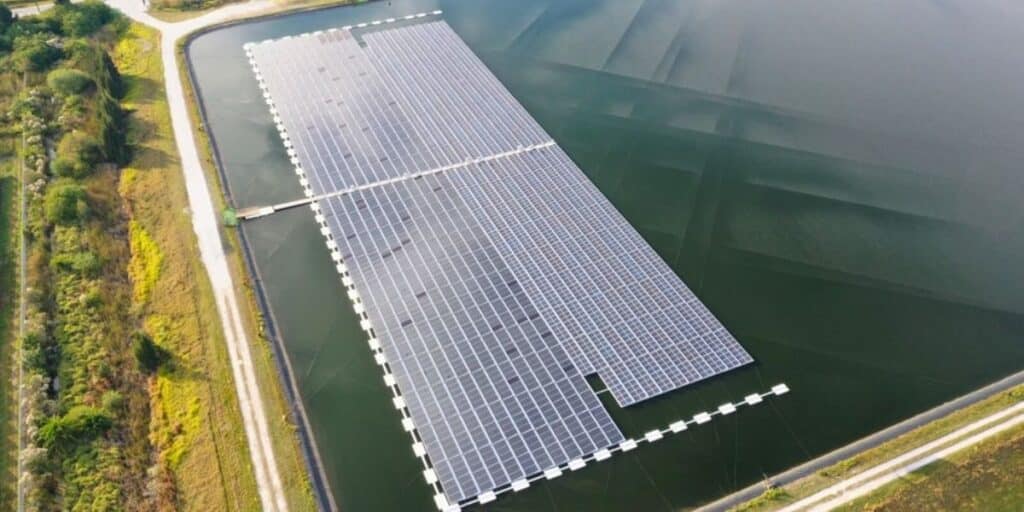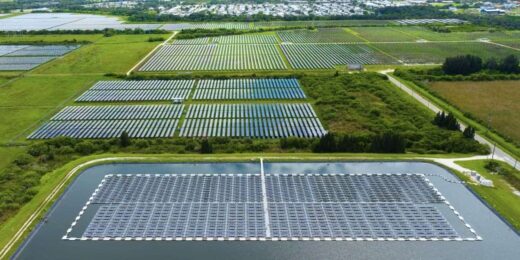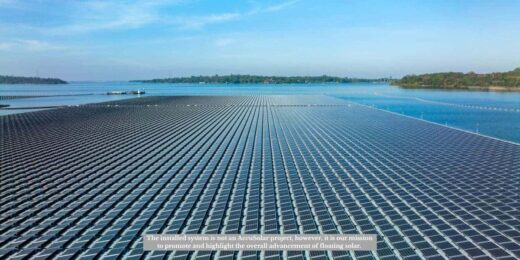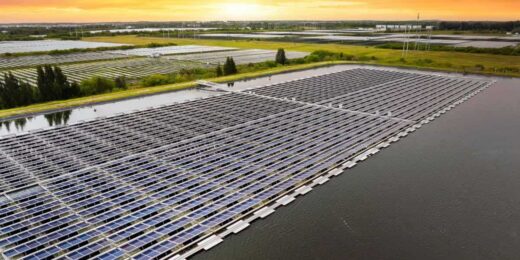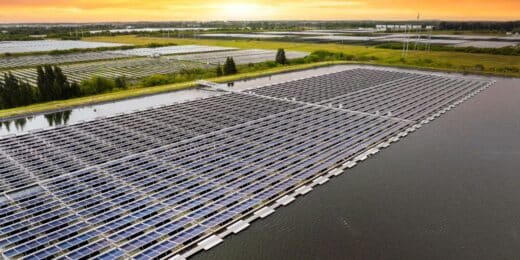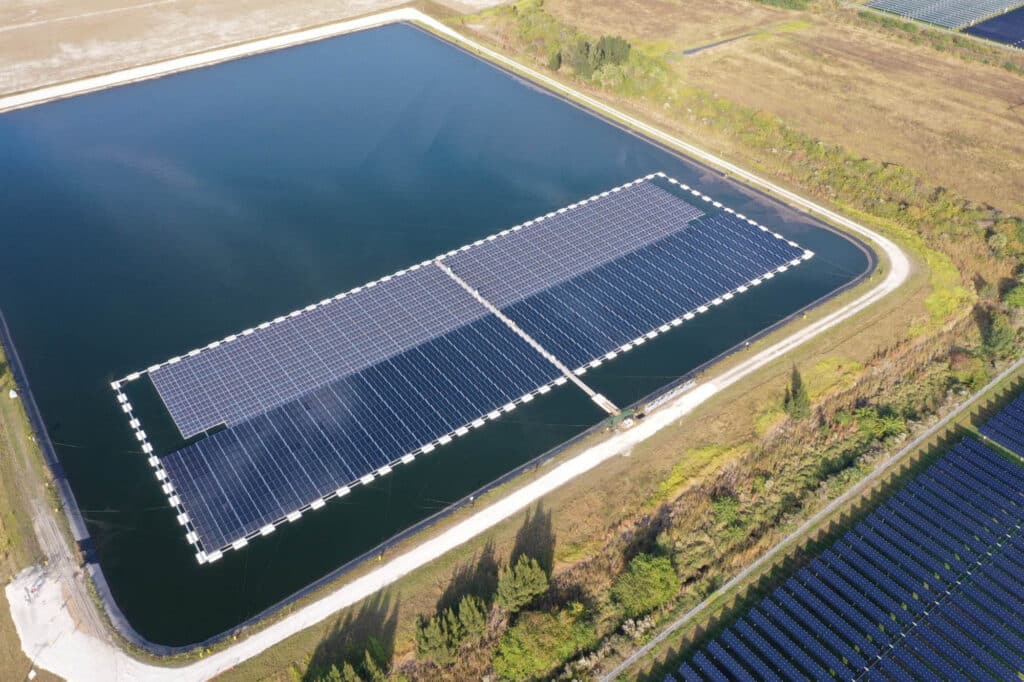Land is a precious commodity, constantly squeezed by growing cities and expanding farms. What if we could generate clean energy without sacrificing valuable land? Floating solar offers a revolutionary solution with dual benefits. These solar arrays don’t sprawl across fields; they rest gently on top of water. This not only generates renewable energy but also preserves land for essential uses such as agriculture, housing, and the protection of natural habitats. It’s a double strike for our planet, creating clean power while maintaining land preservation for what we need most.
Land Preservation: A Sustainable Solution for Urban Energy Needs
Effective land use planning is essential for sustainable development and the preservation of natural resources. By strategically allocating land for agriculture, urban development, conservation, and renewable energy, planners can ensure efficient use of space while minimizing environmental impact. This approach supports biodiversity and ecosystem services that are vital for human well-being. Imagine a community that grows in a healthy way, withstanding climate disruptions and leaving a sustainable legacy for future generations. That’s the power of comprehensive land use planning.
As cities become more densely populated, floating solar presents an elegant solution to energy needs without encroaching on valuable land. For overpopulated areas where land is at a premium, floating solar systems offer a crucial alternative. These urban locations, constrained by limited space, can harness floating solar technology to meet renewable energy goals while preserving land for housing and other critical uses.
Harnessing Floating Solar Power: A Sustainable Pathway for Urban and Environmental Resilience
Global initiatives are capitalizing on the potential of floating solar technology. In the United States, reservoirs in California and Arizona are being transformed into floating solar powerhouses. These projects demonstrate that sustainability and land preservation can go hand-in-hand, paving the way for a greener future where energy needs are met without compromising natural resources.
Floating solar also aligns with the 15-minute city project, a green initiative designed to create more sustainable, walkable urban environments. Integrating floating solar into urban planning can enhance these sustainability efforts, providing clean energy while promoting local resilience and reducing reliance on traditional energy sources.
The environmental benefits of floating solar extend beyond land and water conservation. By eliminating the need for large-scale land clearing, these systems minimize ecosystem disruption. When integrated with existing hydropower facilities, floating solar panels can boost overall energy efficiency, furthering our commitment to sustainable energy production. This represents a significant step forward for both environmental protection and the pursuit of clean power.
Final Thoughts
As the demand for renewable energy rises and the cost of solar panels declines, floating solar becomes an increasingly cost-effective option. These projects generate positive economic impacts by creating jobs in manufacturing, construction, and maintenance, thereby stimulating local economies. Continued development and deployment of floating solar technology will be crucial in shaping a sustainable future. For more information contact AccuSolar, the leader in U.S.-designed and manufactured floating solar systems.
